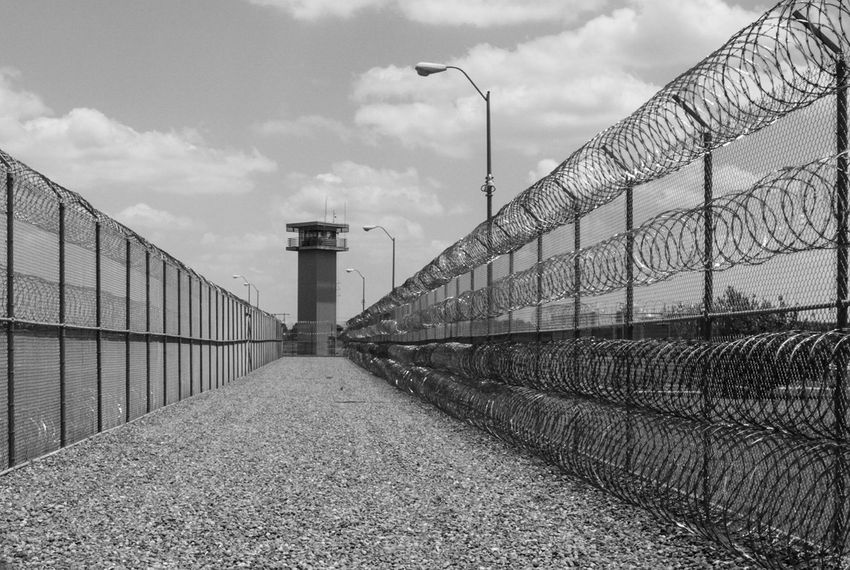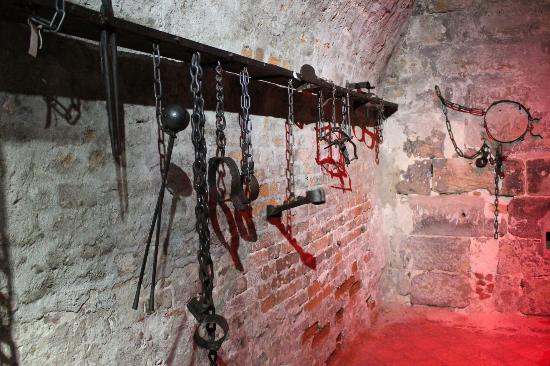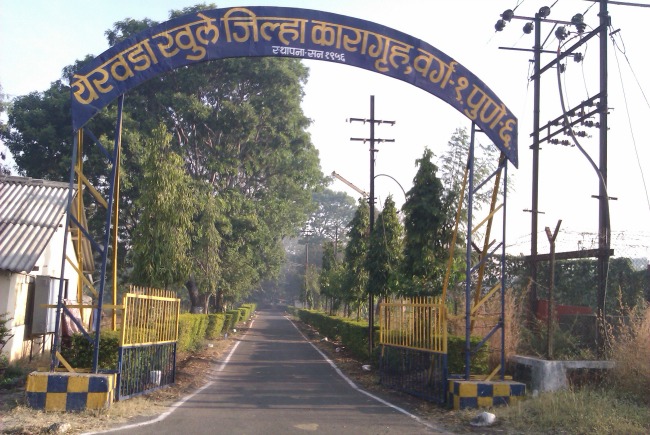Indian jails – they feature in all those 70s and 80s Bollywood movies. A long curved board saying “central jail” and the hero stepping out of it, generally being falsely charged/victimized. However nowadays, our movies have become a bit too dreamy. We never see dark and dingy places anymore. But that does not mean that these places have stopped existing. Indian jails are still very much in need and a tired part of our legal system. We have all heard those stories of overstuffed cells and escaping inmates. But what exactly is the condition of our jails? Let’s explore in detail.
What is the classification of Indian jails?
Well, it turns out that there are many different types of Indian jails and they have different functions. There are lock-ups in police stations which usually are used for minor offences or for overnight lock-up. Beyond that, one is sent to jail. The three biggest types are the central jail, the district jail and the sub-jail. There are also women’s jails, open jails, borstal schools, special jails and other jails.

What makes a jail a central jail?
The common feature observed throughout India is that prisoners sentenced to imprisonment for a long period (more than 2 years) are confined in the Central Jails, which have a larger capacity in comparison to other jails. These jails also have rehabilitation facilities. District and sub-jails are just location-based distinctions. Borstal schools are places for youth offenders, something similar to juvenile correction homes. Open jails are the jails with the least security and are used for those inmates who show good behaviour. Special jails, on the other hand, are those used for high-level crimes like terrorism. Other jails are those who do not fit in any category.
How are the inmates categorized?
Prison inmates lodged in Indian jails are categorised as Convicts, Under-trials and Detenues. Convicts are those who have been pronounced guilty, under-trials are those whose case is going on and detenues are any people held in custody for legal purposed. Based on the crime committed, any of the various three types of inmates may be kept in one of the jails. About 95% of the inmates are men while 5% are women.
How many do we have?
There are about 135 central jails in India with a capacity of one and a half lakh people. Madhya Pradesh has the highest number of central jails. Similarly there 379 district jails and 741 sub-jails. The rest of the jails are in two digit numbers. The central jail along with all other types of jails above form about 1390 jails all over the country. They thus have the capacity of holding 3.66 lakh inmates.
How over capacitated are they?
We do not know the number of cells in the jails, but we do know that they house many more inmates than they are supposed to. Indian jails are not only incapacitated but unhealthy. They do not meet international standards. The overcapacity ranges anywhere from 114% to 227%. There is a life risk associated with being in the jail and eating and drinking the food and water from our jails. In December 2014, when the capacity of the jails was 355 lakhs, our jails were housing 481 lakh inmates. One of the big reasons for this is, of course, the slow judiciary. Many under-trials have spent long years in the jail waiting for the judgment, much longer than they would, were they sentenced for the actual crime.
What is the treatment of prisoners in Indian jails? Is torture used?
There isn’t enough water so sometimes, prisoners just have mud to wash their toilets. Beatings are common, as our jail fights which are encouraged and betted on, by jailers. In some jails, people sleep in shifts because there’s not enough place for everyone to even lie-down. People are beaten at the slightest provocation, kept hungry and paraded naked.

Of course, none of this is officially sanctioned. The only official recourse allowed is labour, and withdrawal or granting of certain privileges. Another disturbing trend is rape and sexual assault, both with male and female inmates. Usually, the perpetrators are prison staff so the cases never see the light of the day. One thing is for sure, hardly anyone comes out reformed. Rather, hardly anyone comes out human.
What are some of the well-known Indian jails?
Tihar jail, Delhi
Tihar jail is one of the biggest jail complexes in South Asia. This jail is known to be the home for some high-end prisoners, including some politicians. Further, this jail is known for its rehabilitative features. Kiran Bedi led this jail into a better, more constructive space. Some of the forms of rehabilitation involve the use of yoga and music therapy. This jail has a capacity of almost 14000 inmates.
Kalapani jail, Port Blair
This jail was one of the most heinous ones operating under the British Raj. The revolutionaries from the 1857 mutiny were sent here. Because of the methods of torture used here, which included chaining to the well, wearing coarse clothing, working with the cactus if you complained – among others, it was feared among prison inmates. Reports suggest that the conditions of the inmates are still the same.
Yerwada jail, Pune

This jail is famous for housing Kasab as well as Sanjay Dutt. An unlikely but famous inmate? Mahatma Gandhi. The largest jail in the state of Maharashtra, Yerwada Jail is spread over 512 acres and houses more than 3000 prisoners. This is a high-security prison and largest jail in the state of Maharashtra, and also one of the largest prisons in South Asia.
Looking at all of this, it’s best to do everything you can to stay of out jail!
Plight Of A Common Man Against Crimes And Killings
Comments
Powered by Facebook Comments
